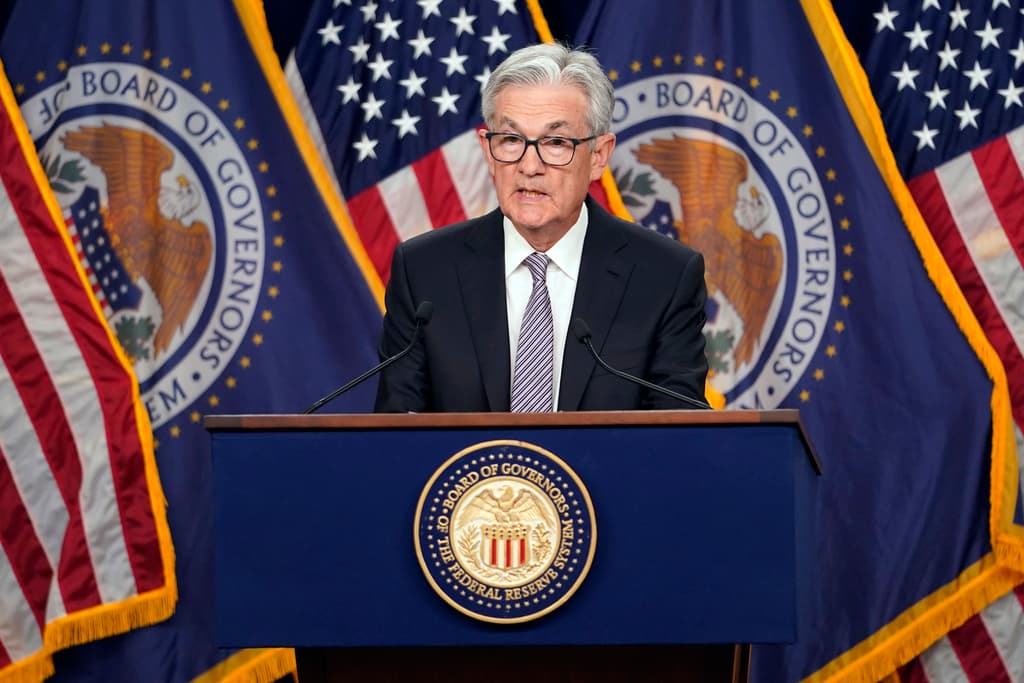Prices Rise 3.4 Percent in April, an Improvement From March, as Inflation Lingers Far Above Fed’s Target
Elevated inflation readings are dimming hopes that the worst bout of inflation in four decades is being rapidly tamed.

WASHINGTON — Consumer inflation in the United States cooled slightly last month after three elevated readings, likely offering a tentative sigh of relief for officials at the Federal Reserve as well as President Biden’s re-election team.
Please check your email.
A verification code has been sent to
Didn't get a code? Click to resend.
To continue reading, please select:
Enter your email to read for FREE
Get 1 FREE article
Join the Sun for a PENNY A DAY
$0.01/day for 60 days
Cancel anytime
100% ad free experience
Unlimited article and commenting access
Full annual dues ($120) billed after 60 days
